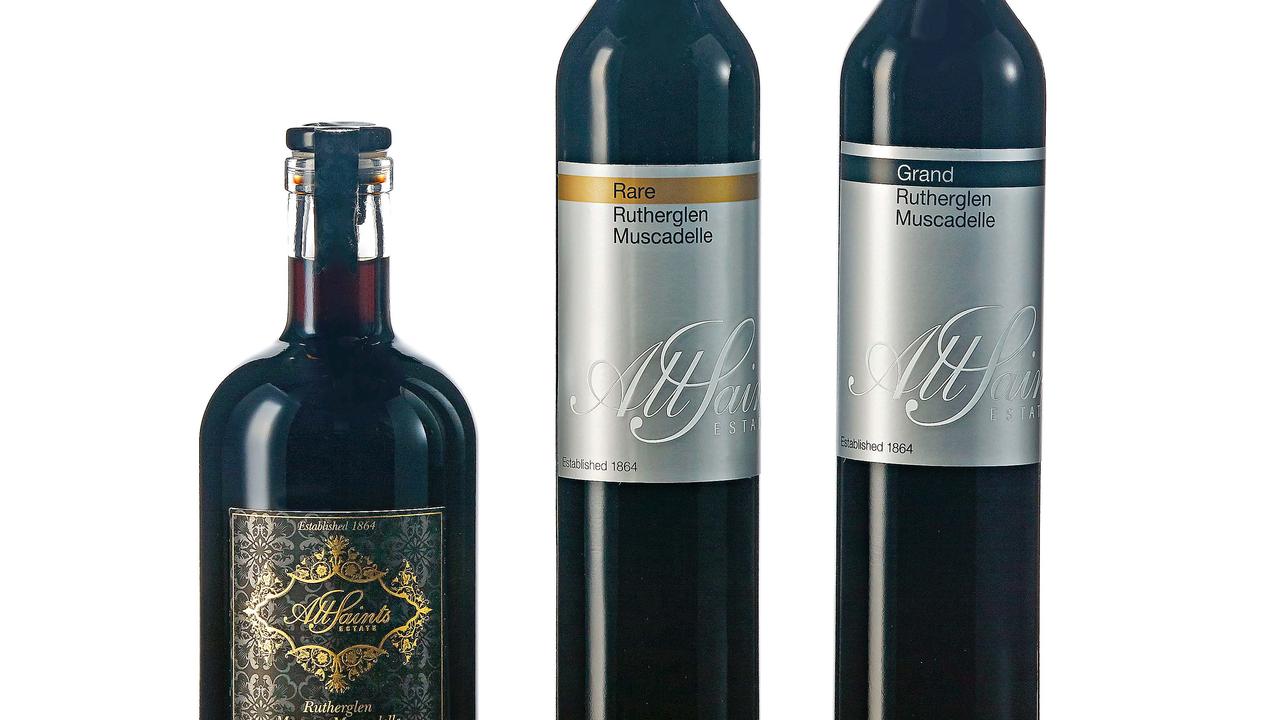Island home
A unique natural history is one of Kangaroo Island’s big draws

At Scott Cove on the northwestern edge of Kangaroo Island, pods of Southern Right Whales break the surface of the ocean as sea eagles soar overhead. To complete the picture, a rainbow spills into the turquoise shallows, and in the distance a roving rain squall adds drama to a natural wonderland that's been shaped by its exposure to the harsh southern weather extremes.
Kangaroo Island – a two-hour drive and one-hour ferry ride from Adelaide – is often referred to as Australia’s Galapagos. It has some of the country’s most spectacular landscapes and is home to some of the ¬rarest and most endangered species.
There are 891 species of native plants – 46 of which are endemic – that have thrived due to the absence of foxes and rabbits. Today, the island – Australia’s third largest after Tasmania and Melville – is perhaps best known for its colony of endangered Australian Sea Lions, but it’s also home to an endangered sub-species of Glossy Black Cockatoo that is being slowly nursed back from the brink. Lynn Pedler, project biologist for the island’s Glossy Black Cockatoo program, has seen the population almost double from 180 birds to 350 since he began monitoring the birds in 1995.
The chief cause of the cockatoo’s decline in the 1900s was the large-scale clearance of old, large gum trees and important she-oak habitat to make way for farming. But there was another threat: possums were raiding the birds’ nests for eggs. Pedler says fitting - barriers to stop possums climbing the nesting trees has had dramatic results.
Janet Simpson, site manager for Seal Bay Conservation Park, says Kangaroo Island’s reputation as Australia’s Galapagos is well deserved. “Because we are an island a lot of things have evolved in their own special way,” she says. The Australian Sea Lion, which is genetically closely related to the dog, is one of the most threatened sea animals in the world. Unlike the New Zealand Fur Seals, which are abundant on the island, along with a few Australian Fur Seals, Australian Sea Lions have hair rather than thick fur, making them much more susceptible to cold.
The Sea Lions have a predictable routine of three days and nights at sea to feed on crustaceans and then back to land for three days and nights to rest and care for young. They are solitary hunters, making them more vulnerable to predators. Despite the close attention paid to the Kangaroo Island Sea Lion colony, numbers are still falling.
The same cannot be said of the 25,000 New Zealand Fur Seals which are at the centre of a fierce debate about whether their numbers should be culled to limit their predatory impact on the island’s Little Penguins.
On land there are forests, beaches, sand dunes and wetlands – and people. More than 4000 people call Kangaroo Island home, and many tens of thousands more visit each year.
To get there
Car ferry from Cape Jervis, two hours drive south of Adelaide, www.sealink.com.au; for more information see www.southaustralia.com



